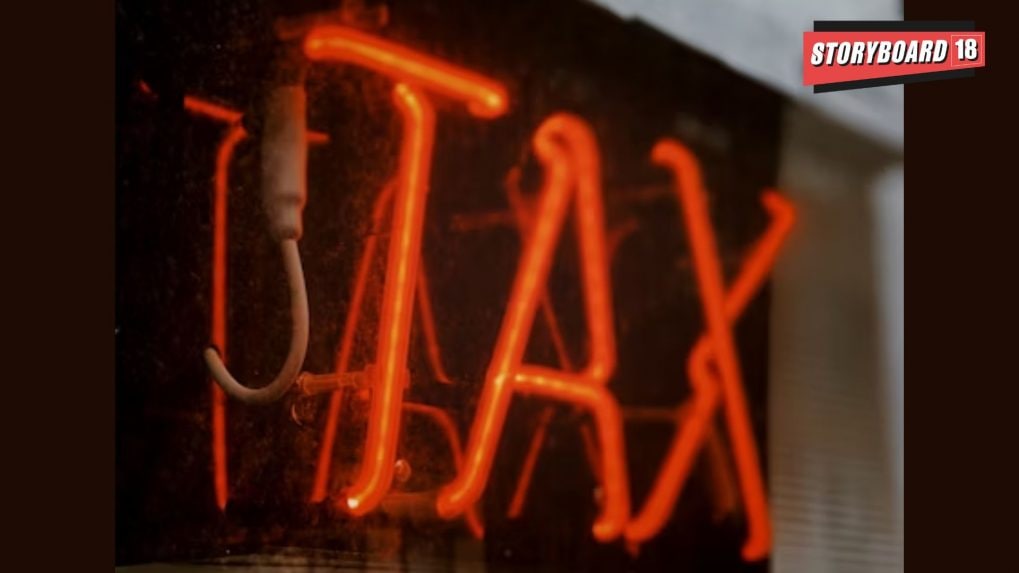Advertising
From Pink Slips to Silent Sidelining: Inside adland’s layoff and anxiety crisis

As India gears up for the festive season, the timing of the government’s latest round of GST rationalisation could not have been more strategic. With effect from September 22, 2025, the Goods and Services Tax Council’s decision to reduce rates across categories has triggered a wave of announcements from brands eager to pass on benefits to consumers.
From dairy staples and ice creams to televisions, cars and even motorcycles, companies are cutting prices and aligning supply chains to ensure that shoppers feel the cheer at checkout counters.
At the heart of this momentum lies the government’s intent to boost consumption ahead of the festive rush. The move comes at a time when advertising expenditure is expected to soar.
According to estimates, India’s adex is set to top ₹55,000 crore in FY26, marking an 18–20% year-on-year jump, aided by GST 2.0’s impact on consumer sentiment.
Read more: GST 2.0 likely to lift festive cheer: India’s AdEx set to top Rs 55,000 cr in FY26, up 18–20% YoY
Dairy at the centre of celebrations
Heritage Foods, one of country's renowned dairy brands, has been quick to act. The company has rolled out substantial price cuts across its portfolio, passing on the entire benefit of GST rationalisation. Paneer, ghee, butter, cheese, and even ice cream have seen reductions ranging from ₹20 to ₹50 per pack or kilo. “For us, this isn’t just about lower prices- it’s about ensuring that the purity our products are known for becomes even more accessible,” said Brahmani Nara, Executive Director, Heritage Foods.
Read more: Jewellery brands boost festive ad spends by up to 45% despite Trump tariffs and gold price surge
For millions of Indian households, where dairy is central to festive cooking and sweets, these reductions promise added cheer.
The sentiment is echoed in the ice cream category.
Baskin Robbins India has restructured billing across parlours to reflect the revised GST rate, down from 18% to 5%. While MRPs on some products still display older pricing, customers will be charged lower rates at counters. “We are delighted to pass on the full benefit of this reduction to our consumers with immediate effect,” said Mohit Khattar, CEO of Graviss Foods (Baskin Robbins India). In-store screens, laminated price lists and digital campaigns are amplifying the message to ensure transparency.
Kellanova (formerly Kellogg’s) is also moving quickly to change packaging and align supply chains.
“There will be challenges in making such a quick transition, but by working with the right intent we hope to make this shift swiftly,” said Prashant Peres, Managing Director, Kellanova South Asia.
It is to be noted that in the run-up to the GST announcement, the Income Tax department has recently raided Marico, one of India’s leading FMCG companies. For businesses, this is both a reminder and a warning: while GST cuts are meant to revive demand, the benefits must reach end consumers transparently.
Electronics and mobility get a boost
The technology sector is not far behind. Xiaomi India has announced its “Diwali with Xiaomi” sale with up to ₹5,000 discounts and 100% GST benefits across its Smart TV range. For a category that is typically a big-ticket festive purchase, GST-linked price drops could drive higher footfall both online and offline.
The auto industry, one of the biggest gainers from GST 2.0, is also in celebratory mode. Honda Motorcycle & Scooter India (HMSI) has confirmed savings of up to ₹18,800 across scooters and motorcycles in the sub-350cc segment. With GST on two-wheelers cut from 28% to 18%, affordability of personal mobility is set to improve significantly. “This rationalisation not only supports customers but also strengthens the entire value chain,” said Yogesh Mathur, Director, Sales & Marketing, HMSI.
Used car platform Spinny has proactively adjusted prices across its inventory even though GST changes primarily target new vehicles. Buyers can access discounts of up to ₹2 lakh, while sellers may benefit from better resale value.
From purpose-driven work and narrative-rich brand films to AI-enabled ideas and creator-led collaborations, the awards reflect the full spectrum of modern creativity.
Read MoreLooking ahead to the close of 2025 and into 2026, Sorrell sees technology platforms as the clear winners. He described them as “nation states in their own right”, with market capitalisations that exceed the GDPs of many countries.